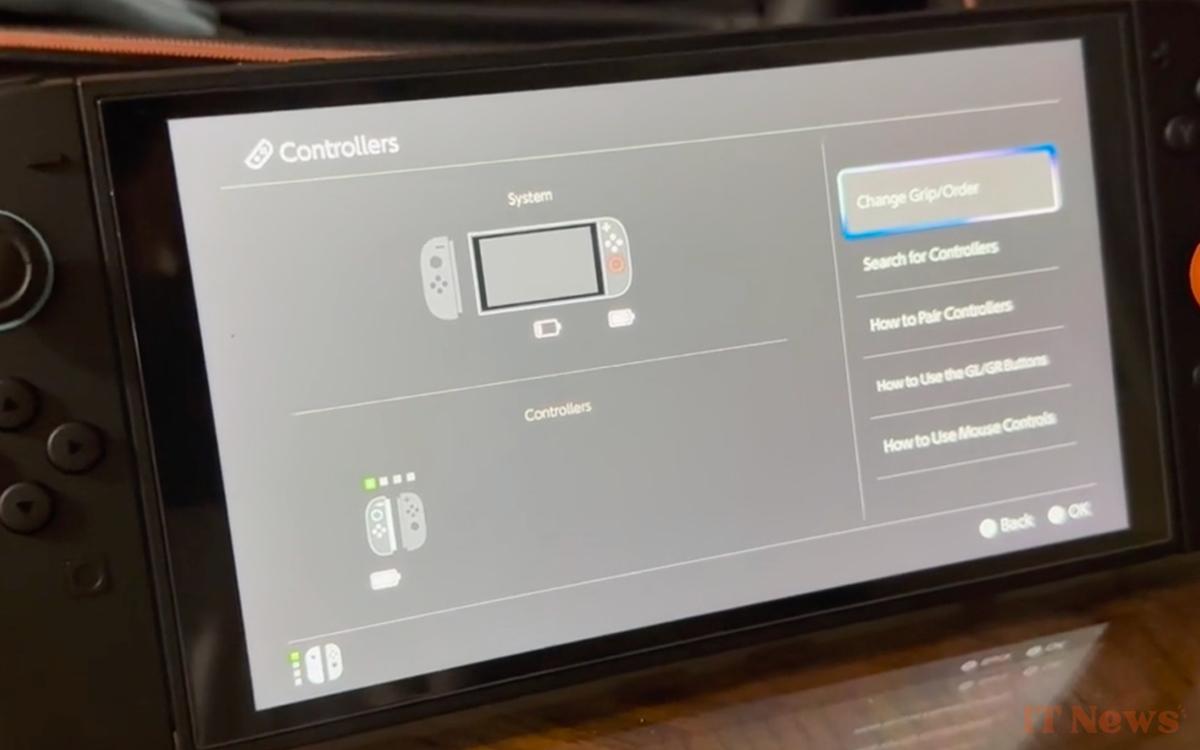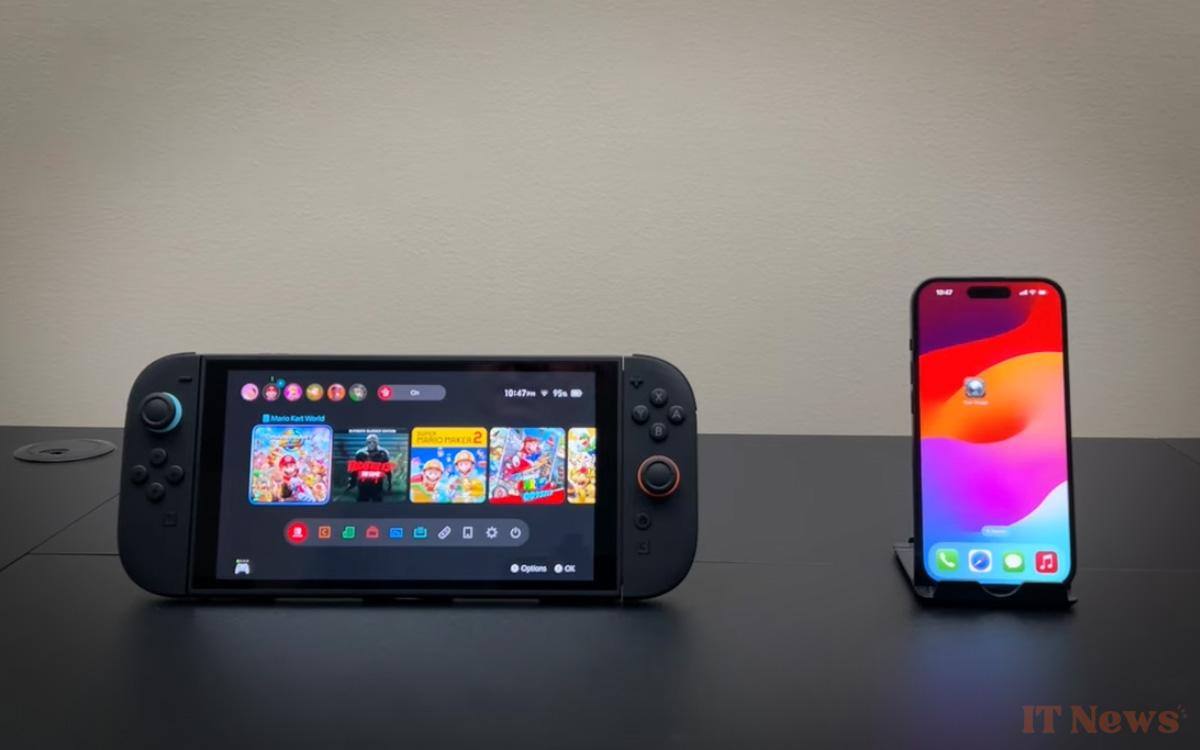The experts at Digital Foundry have put the Nintendo Switch 2 through its paces. And their test is rather positive, except for one detail: the console's screen, which they find to be of lower quality than that of the console released in 2017 – despite a better definition and a larger diagonal.
Did Nintendo neglect the screen on the Nintendo Switch 2? Testers from the highly respected site Digital Foundry took their time to dissect the console and assess its overall technical quality. And for good reason: for the most part, what the Japanese manufacturer offers with this console has satisfied them.
The format is light, thin, and pleasant. This gives the formula "the feeling of being significantly less bulky than a Steam Deck or other all-in-one mini PC intended for mobile gaming", our colleagues note. Before highlighting two points that clearly still leave something to be desired.
The Nintendo Switch 2's screen is not up to par, according to Digital Foundry
And the biggest problem, according to the site's experts, is the screen. While they note that the choice of this panel “larger […] allows for a more immersive experience” while adding that the color rendering “is significantly better than on the original console”, the LCD technology, the uneven and bright backlighting does not allow Nintendo to really deliver on all its promises in portable mode.
“Nintendo had promised HDR, but we get an LCD screen with backlighting mainly on the edges – and whose brightness barely reaches 420 nits… which can never offer a decent high dynamic range experience, contrast and HDR highlights being almost absent from the rendering in portable mode”, laments Digital Foundry.
Before continuing with this other flaw: “the Switch 2’s LCD screen causes more blur in moving sequences and proves to be worse in this regard than the 2017 Switch’s panel”. And the site concludes: “when you compare the Switch 2’s screen to the Switch OLED’s, it’s very clear – it’s nowhere near as good.”.
Digital Foundry also notes a problem with the Variable Refresh Rate – the latter seems to be more software than hardware – since the game Welcome Tour makes a convincing VRR demo “while revealing support for framerate compensation outside the zone” where FPS can reach 120 Hz. This makes them assume that truly full VRR is possible on the Switch 2.
Another point of contention, but of much lesser scope, is the length of the USB-C cables supplied with the console, which are considered too short. However, it is up to the player to replace them if necessary with other cables – the latter being standard.




0 Comments